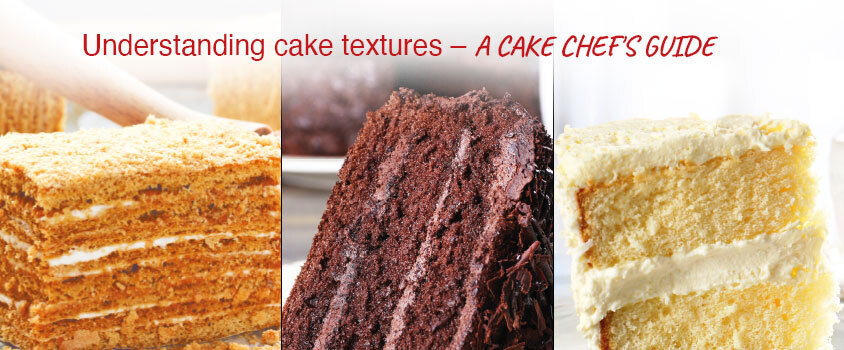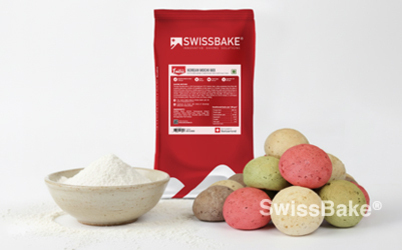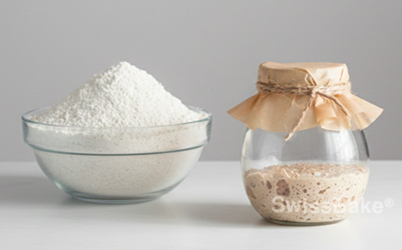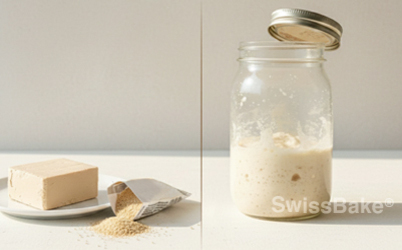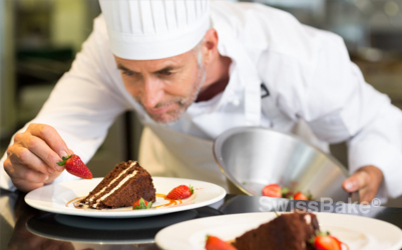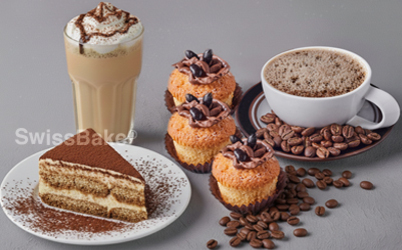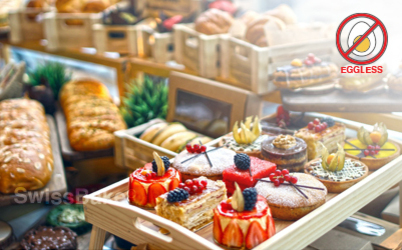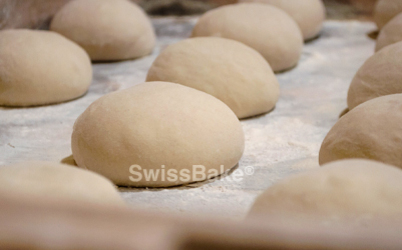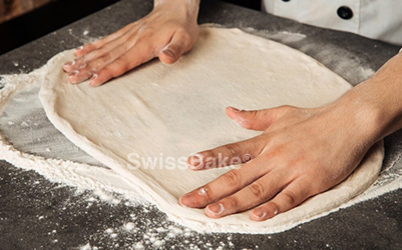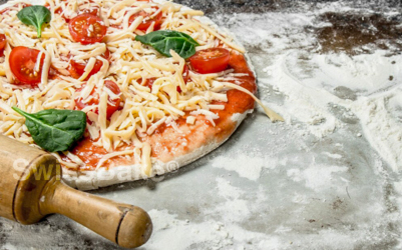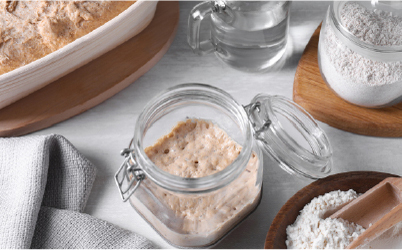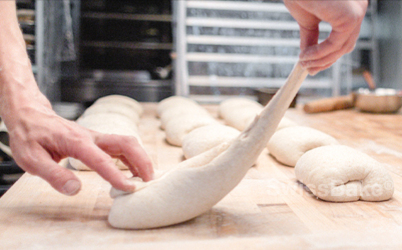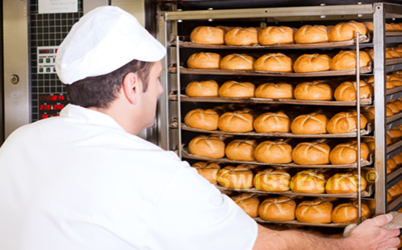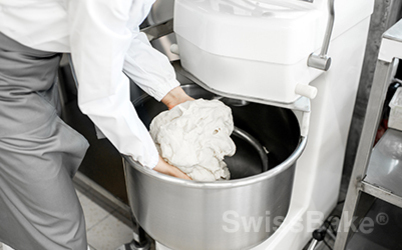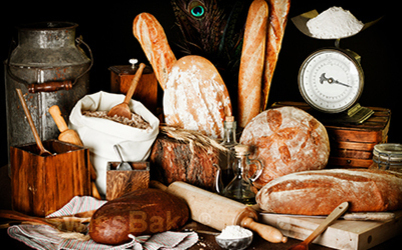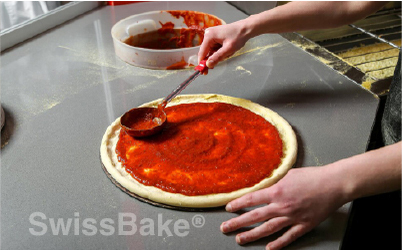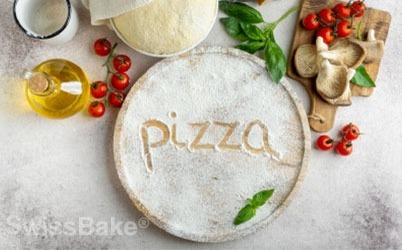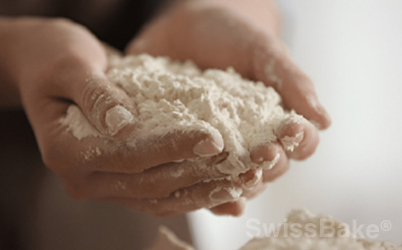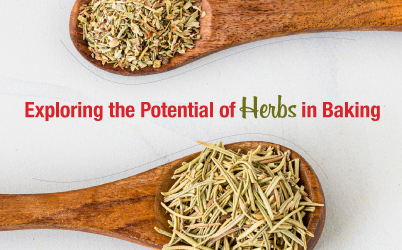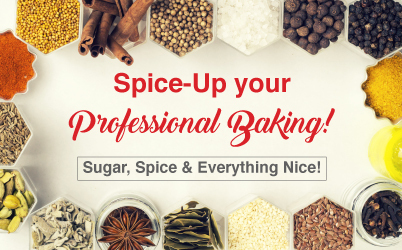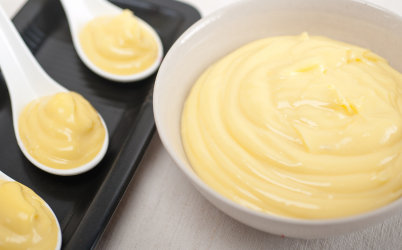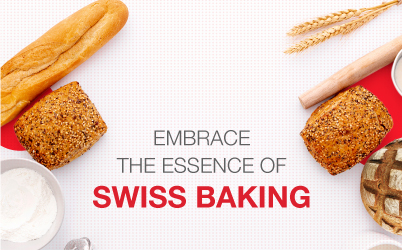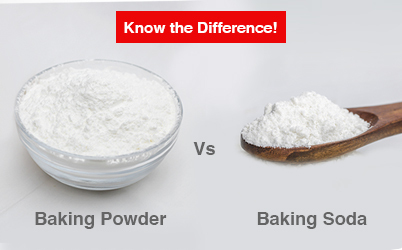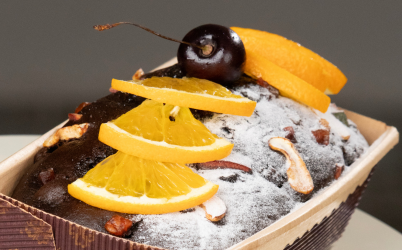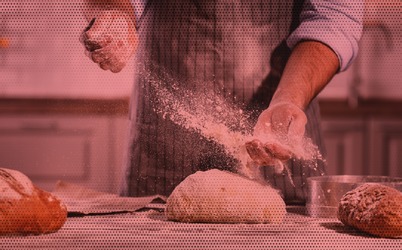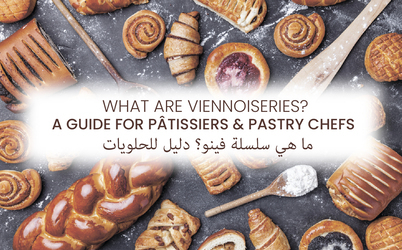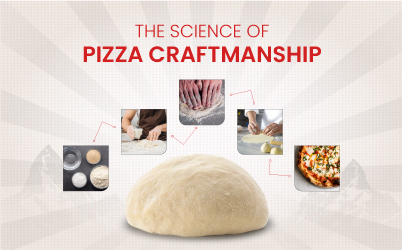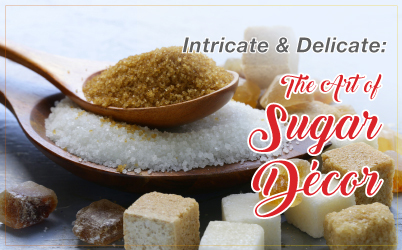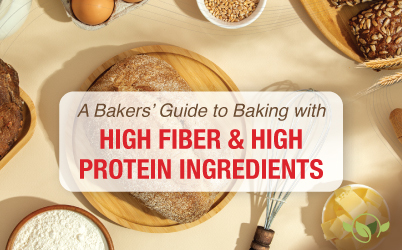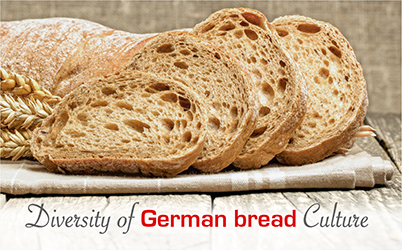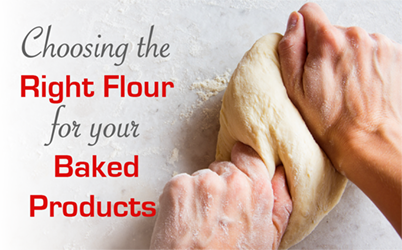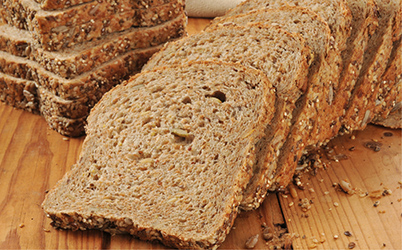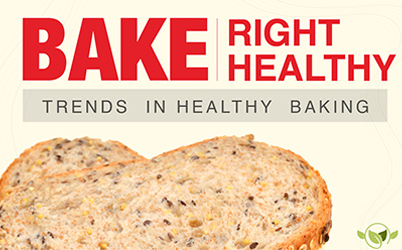Understanding Cake Textures – A Cake Chefs Guide
TYPES OF CAKE TEXTURES
Cakes come in a delightful array of textures, each offering a highly specific sensory experience. Here's a breakdown of the top 4 and common cake textures along with their key characteristics and distinct features:
Light and Spongy
- Soft-airy texture with an even crumb & high-volume sponge that effortlessly melts-in-mouth (literally!)
- Achieved through the aeriation of whipped eggs or chemical leaveners like baking powder
- Common Applications: sponge bases, cupcakes & chiffon cakes
Dense and Moist
- Uniform-dense crumb with a soft-moist texture, rich mouthfeel and short bite
- Achieved by higher ratio of fats like butter or oil for heavier cake density and controlled cake volume
- Common Applications: pound cakes, muffins & marble cakes
Tender, Delicate and Crumbly
- A uniform crumb that fall apart effortlessly with a tender bite offering a delicate eating experience
- Achieved through the creaming method, where butter & sugar are beaten together to create a tender crumb
- Common Applications: butter cakes
Fudgy and Rich
- Heavy & substantial texture with a dense crumb, offering an indulgent eating experience
- Achieved through a higher proportion of oil/butter & eggs along with cocoa powder or melted chocolate and flour, resulting in a fudge-like texture and luscious mouthfeel
- Common Applications: brownies, flourless cakes and blondies

